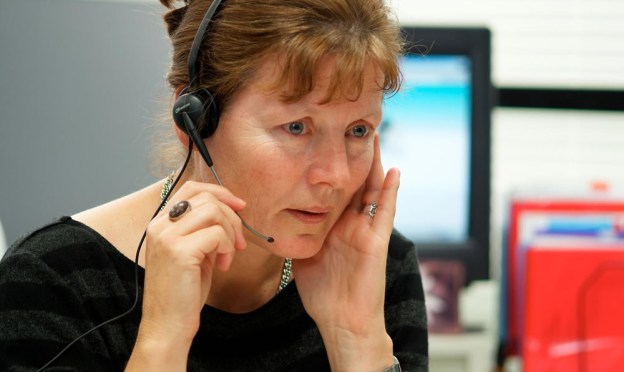
According to a report from Reuters published on Tuesday, the social network company Facebook has launched an update that allows users to report any content posted on the site and categorize the post as “suicidal content” in the options. Facebook then sends an email to the suicidal user which contains methods of contact to the National Suicide Prevention Lifeline which include a URL link for a direct online chat or the phone number. The chatting option allows potentially suicidal Facebook users to talk with a crisis counselor through an instant message format of communication.

The National Suicide Prevention Lifeline plans to schedule trained employees 24 hours a day, seven days a week to be available for chat sessions. Previous to the implementation of the option in the reporting tool, Facebook users could still report potentially suicidal users by filling out a form on the social network which is relayed back to the National Suicide Prevention Lifeline. This form includes the name of the person that posted the content, the Web address leading to the profile or search listing as well as additional relevant information that would help a crisis counselor converse with the user.
Editors' Recommendations
- Facebook about to rebrand under a new name, report claims
- Facebook wants to ‘strengthen democracy’ with a news tab. What could go wrong?


